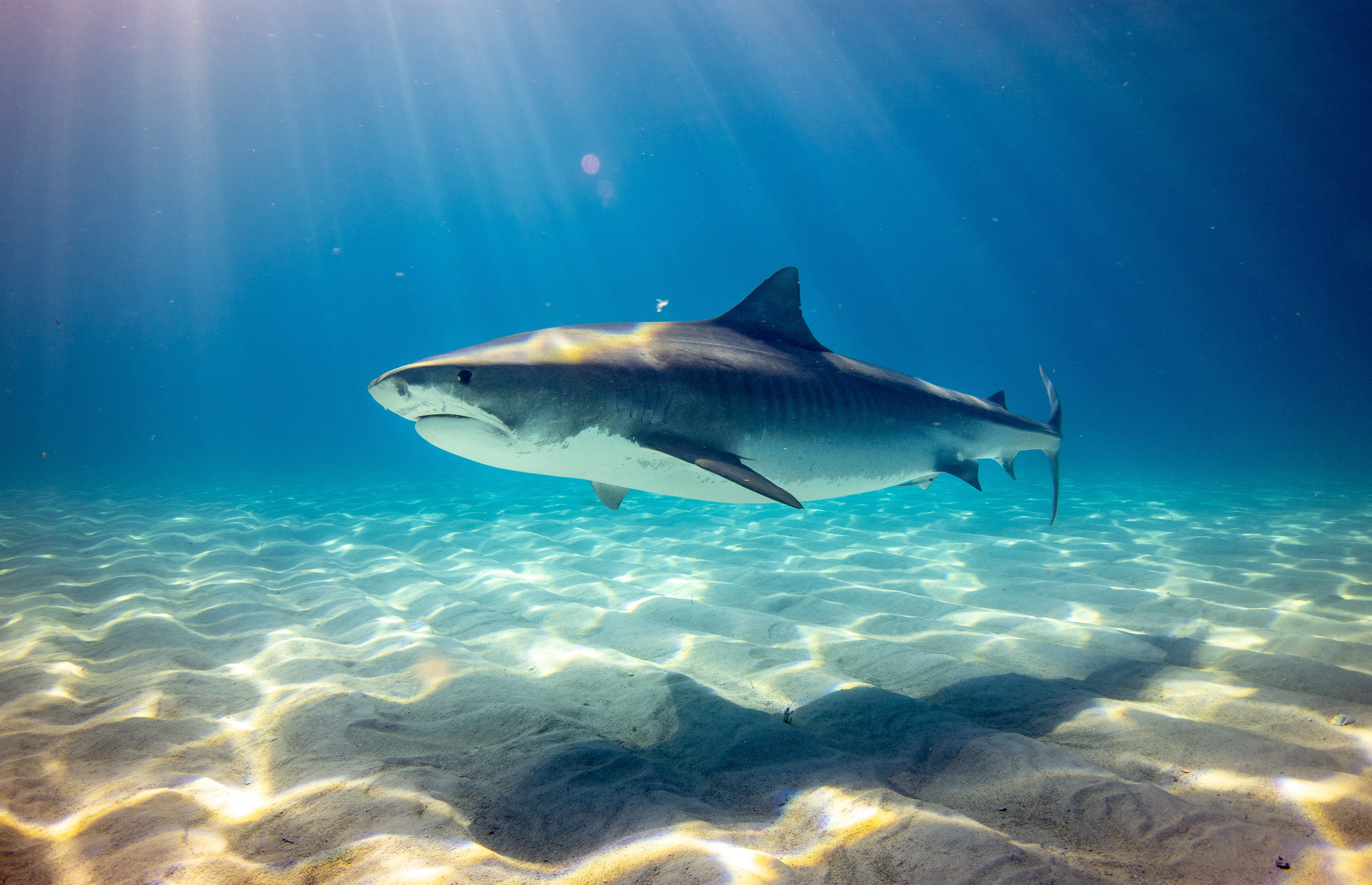Media release
From:
Ecology: Sharks support seagrass mapping in The Bahamas *VIDEO*
The characterisation of a seagrass ecosystem in The Bahamas, which may be the world’s largest example of such a system, is described in a paper published in Nature Communications. The findings are based on data from instrument-equipped tiger sharks, satellite and divers surveys.
Seagrass ecosystems play a key role in supporting carbon sequestration, ocean biodiversity and fishery resources. They are estimated to account for 17% of the carbon sequestered in marine sediments annually. The effective conservation of seagrasses and their potential to provide nature-based solutions to climate change is therefore of critical importance. However, it is currently hindered by uncertainties regarding the size and distribution of seagrass ecosystems.
To address these knowledge gaps, Austin Gallagher and colleagues developed an innovative method to map a seagrass ecosystem across the Bahama Banks in The Bahamas. Tiger sharks have a strong preference for seagrass habitats, and so the authors used data from 15 instrument-equipped tiger sharks to track their locations and collect images of the seafloor. This data was then combined with over 2,500 surveys performed by human divers to assess the presence of seagrass and integrated with existing estimates of seagrass cover. Based on these data, the authors suggest that seagrass on the Bahama Banks may cover an area of at least 66,000 km2 and potentially up to 92,000 km2. The authors propose this would make it the world’s largest seagrass ecosystem currently known. Additionally, they indicate that these estimates expand the global extent of seagrass area by around 34%, which highlights the importance of this region as a globally relevant carbon sink.
The authors suggest their findings highlight gaps in our knowledge of ocean ecosystems and demonstrate the benefit of utilising ocean megafauna to expand our understanding of marine habitats.



 International
International



